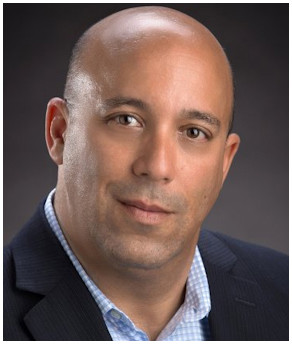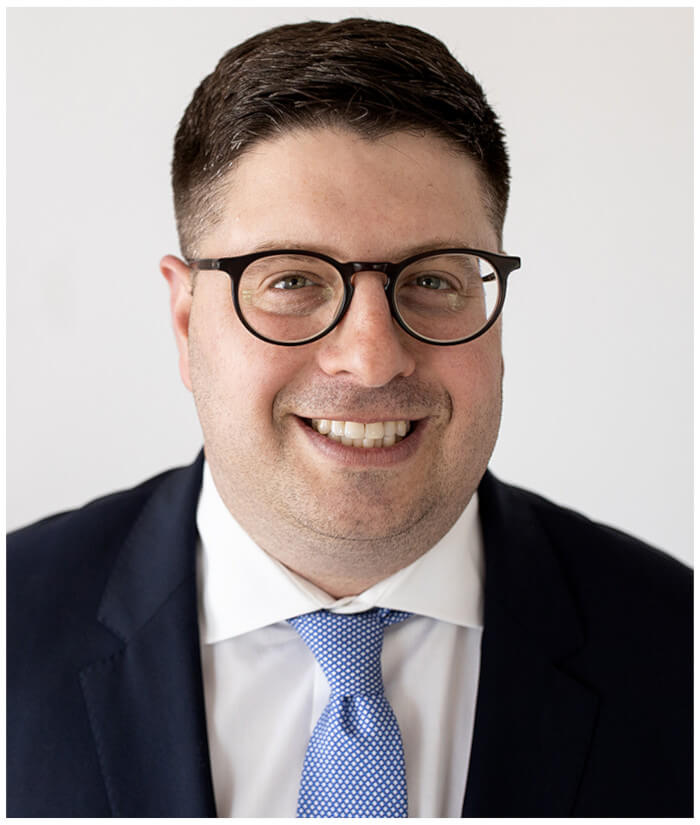$925,000 - Failure to Diagnose and Prevent Pulmonary Embolism Results in Wrongful Death
The Medical Malpractice and Wrongful Death Case Facts:
Mr. L was 55 years old when he presented to a hospital in Cleveland, Ohio, with complaints of severe hip and back pain and an unexplained fever. He had an MRI, and the results were not good. He then had a neurosurgical consultation and was scheduled for back surgery. By all accounts, the surgery was a complete success. Five days later, Mr. L was dead.
Mr. L died of a massive acute pulmonary embolism (a P.E.) in his main pulmonary artery.
Building our Ohio Medical Malpractice Case:
After gathering and evaluating Mr. L’s medical records, The Eisen Law Firm filed suit in Cuyahoga County Common Pleas Court against the Cleveland hospital and seven individual physicians involved in Mr. L’s care and treatment. Extensive written discovery requests were sent to the hospital and the individual defendants, including almost a hundred requests for admission. As a result of the answers and admissions The Eisen Law Firm secured in response to this discovery, we were able to narrow the focus our case on a singe defendant, the Cleveland hospital where Mr. L had his surgery and postoperative care.
Brian Eisen, lead attorney for The Eisen Law Firm, retained the services of six expert witnesses in connection with the case, including physicians board certified in general surgery, pulmonology, and internal medicine, a nursing expert, and experts in vocational rehabilitation and economics.
These experts were highly critical of the hospital’s nursing staff. Among other things, the nurses failed to implement properly key orders designed to protect Mr. L from developing in the post-operative period deep venous thrombosis (DVT). Mr. L was a classic set up for DVT, as he was obese, immobile, and had just had extensive back surgery. His neurosurgeon recognized the need for DVT prophylaxis and appropriately ordered sequential compression devices (SCD), which are stockings that inflate and deflate at regular intervals to keep blood flow moving in patients who are bed-ridden. A detailed analysis of the nursing records indicated that those SCDs were not properly used by the nursing staff.
The Eisen Law Firm’s medical experts were also highly critical of several of the physicians who were employed by the hospital. Mr. L was noted to be short of breath a few days after his surgery and to have new onset atrial fibrillation (a kind of heart rhythm abnormality). Atrial fibrillation is known to cause blood clots in the heart (the abnormal rhythm results in some blood pooling in the heart, which promotes clotting). These clots can then be pushed out towards the lungs.
Despite this, Mr. L was not evaluated for blood clots for several days, when he was noted to have a fever and was sweating profusely. At that time, Mr. L was found to have an acute occlusive DVT, which in all likelihood would never have developed with proper adherence to an appropriate prophylactic regimen.
Even after Mr. L was diagnosed with DVT, proper measures were not taken to protect him from a lethal pulmonary embolism (a blood clot that lodges in the lungs). Among other things, anticoagulation protocols were not followed properly or were discontinued too early. Apparently either no consideration or insufficient consideration was given to placement of an inferior vena cava filter, a device that is very effective in catching blood clots that have broken off from the deep veins in the legs before they can travel to the lungs.
The Eisen Law Firm’s medical experts were adamant that proper and timely diagnosis and treatment would have saved Mr. L’s life.
Our Cleveland Medical Negligence Case: Settlement Negotiations
Settlement negotiations began in earnest following the lengthy deposition of Mr. L’s daughter. After several weeks of negotiations, an impasse was reached and a mediation was scheduled. Before the mediation, however, the parties came back to the negotiating table and managed to reach a settlement of $925,000.




